The following elements should be included in a tenancy agreement. Although it may not be necessary for a lease to include all of these elements, it is advisable not to omit too many of them. Otherwise the security of the leasing agreement could be compromised.
Names of the parties
Commencement date and duration of the agreement
Description of the property
Rent
Rights to possession and use
Upkeep of the land
Condition of the land on return
Making improvements or changes of use
Arrangements for compensation
Responsibility for paying taxes and other charges
Dispute resolution
Record of the agreement

The names of the parties are at the core of the agreement. They provide a level of protection and a basis for building trust for those involved. An agreement between a single tenant and a single land owner is simple.
However, if there is more than one land owner, the question should be asked: Do they own the whole farm jointly (thus allowing the use of a single agreement) or do they each own part (suggesting the need to use separate complementary agreements)?
If there is more than one tenant, the agreement may be to ensure that the tenancy continues in the event that one of the tenants dies. This could be done by having the lease include the names of all members of the family who will work together on the land to be leased. Often the male head of the household is the only person listed on the lease, but should he die, his family members could be deprived of the land that they are farming.

The commencement date specifies when the responsibility for the property transfers from the land owner to the tenant. The duration of the agreement will vary of course, and can take different forms. It can be a fixed term (for example, one year) with or without an option to renew; or it can be periodic (for example, monthly or yearly continuing until one of the parties gives the required notice), often subject to a minimum initial term. Some agreements also allow for a “hold-over.” This means that at the end of the lease, the tenant can stay on the land for a specified amount of time.
It is important for the tenant to try to match the duration of the lease with the desired results. This could be in relation to the type of crops that will be grown. For example, the cycle for some vegetables is only several months, whereas for others (such as coconut trees) the cycle can be 50 years.
Both the land owner and tenant may want to consider matching the duration of the lease to any family requirements that may exist. For example, a land owner may wish only to lease the land until the next generation is old enough to farm it.
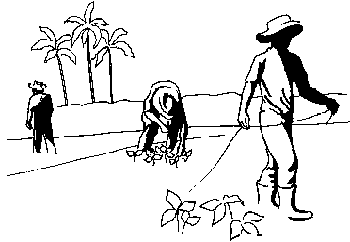
It is important that the property to be leased is clearly described. The description should include how the area of the land is determined, whether by physical features marking boundaries or by surveys or plans. For a small parcel of land to be leased on a less than annual basis (for seasonal grazing, for example), a simple sketch may be sufficient. For a longer time and for larger parcels, a plan and a written description are preferable. These documents will explain what is, and is not, included in the agreement, and they can also form the basis of further agreements.

The tenant normally pays rent or some other consideration, such as a share of the crop. It is critical for the protection of both land owner and tenant that the rent is specified and is certain. Even if the actual amount of the rent may not be known at the start of the agreement, the lease should clearly specify how the rent will be calculated and when payment is due. It may also be necessary to reserve the right to review the rent at one or more points in the future, especially in longer-term leases. In these cases, the rental level could change because of inflation or currency fluctuations. Or the value of the agricultural products could change. Periodic reviews will therefore protect the land owner’s financial interest in the property as well as the tenant’s ability to pay.

The degree to which a tenant is given the right to possess and use the land is one of the key defining elements of a tenancy. The greatest degree is a “full tenancy” where the tenant has full and exclusive possession of the land. This means that the land owner will have to make appointments to have access to the land, for example, for periodic inspections of the property. If the lease is an annual one, these inspections could take place at the same time as the lease is being prepared or renewed. Or, the land owner may need to have access to the land to fulfil specific maintenance or repair obligations. Good practice would also be for the tenant to have freedom of choice as to which crops to grow, within appropriate limits, although this may be difficult with short-term agreements.
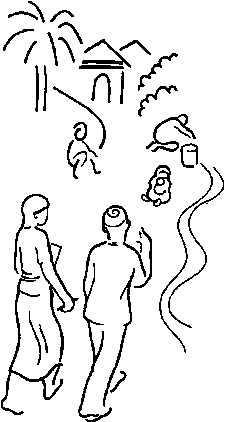
Good practice includes a full description of the maintenance and repair obligations of both the land owner and tenant. The details will depend upon the length and the terms of the lease. For example, longer-term leases tend to give greater obligation to the tenant. This type of agreement should be included even if only a small parcel of land is to be leased. Even on small parcels of land, drainage channels and boundaries can still require attention.
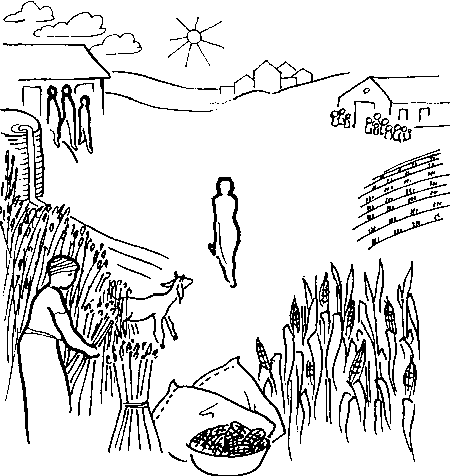
All leases should address the required condition of the land when it is returned by the tenant to the land owner. The lease may include an agreement by the tenant to return the land in a condition similar to which it was at the start of the lease, regardless of the division of maintenance responsibilities described under the heading “Upkeep of land”. Alternatively, there may be an agreement by the tenant to return the land in “good condition”, rather than in a “similar condition”. An agreement to return the land in good condition may first require the tenant to put the land into good condition.
In the case of a larger parcel of land or a longer-term agreement, it is important to prepare a full statement of the physical condition of the property at the time that it was leased.

It is good practice to make sure that the tenant does not make any alterations or changes of use without the explicit consent of the land owner. Possible exceptions to such a general agreement should be specified, for example, to create livestock-proof boundaries around a parcel of land.

Often the tenant may need to make improvements or alterations to the land to make it suitable for use. In some cases, these improvements result in costs that cannot be recovered at the end of the lease. At the same time, they add value to the land. In these cases, the tenant should be able to claim compensation for this increase in value.
Of course, the opposite is also true: the alterations made may have damaged the land and reduced its value. In this case, the land owner would want to claim compensation.
Therefore, it is good practice to negotiate and include in the lease the requirement for the land owner’s explicit consent to improvements and alterations. The lease should also specify the conditions under which compensation is to be paid and the way in which the value of the compensation is to be calculated.
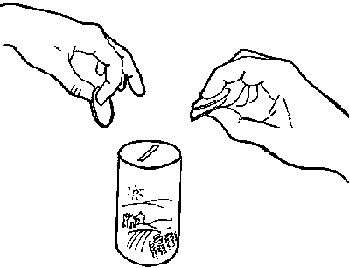
In longer-term agreements, especially when the tenant is given exclusive possession, the land owner may need to assign responsibility for paying various charges connected with the property. These charges might include local taxes and levies (such as a water charge), a proportion of the maintenance cost of shared resources (such as service roads and drainage) and insurance to cover fire, theft and other damage.
Again, the type and extent of these responsibilities and obligations should be specified in the lease and will depend on the character of the land being leased and the length of the agreement.
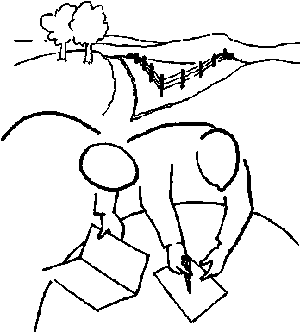
The lease should also have a provision for resolving any disputes that may arise. This provision should cover general disputes between the parties (for example, disputes over the interpretation of particular wording in the lease), as well as specific disputes relating to issues such as rent reviews, maintenance obligations and requests to undertake improvements.
Of course, the lease itself should attempt to anticipate where disputes are likely to occur, so that they can be avoided altogether. For example, if the harvest is to be divided between the tenant and land owner, the lease should specify that the tenant must inform the land owner when the crop will be harvested, thus allowing both parties to see the crop yield.
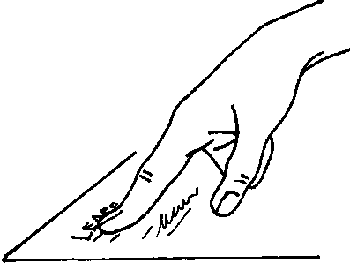
Contracts to lease a parcel of land are often verbal. However, for many leases it is good practice to make sure that they are recorded in writing. In some countries, all agricultural tenancies have to be in writing, and even have to be in a particular style or format, or under a legal seal. In some cases, tenants choose to have their leases registered.
Legal provisions vary between jurisdictions, and land owners and tenants should understand what kinds of provisions exist where they are. They should use those provisions to assure maximum flexibility, protection and security.
